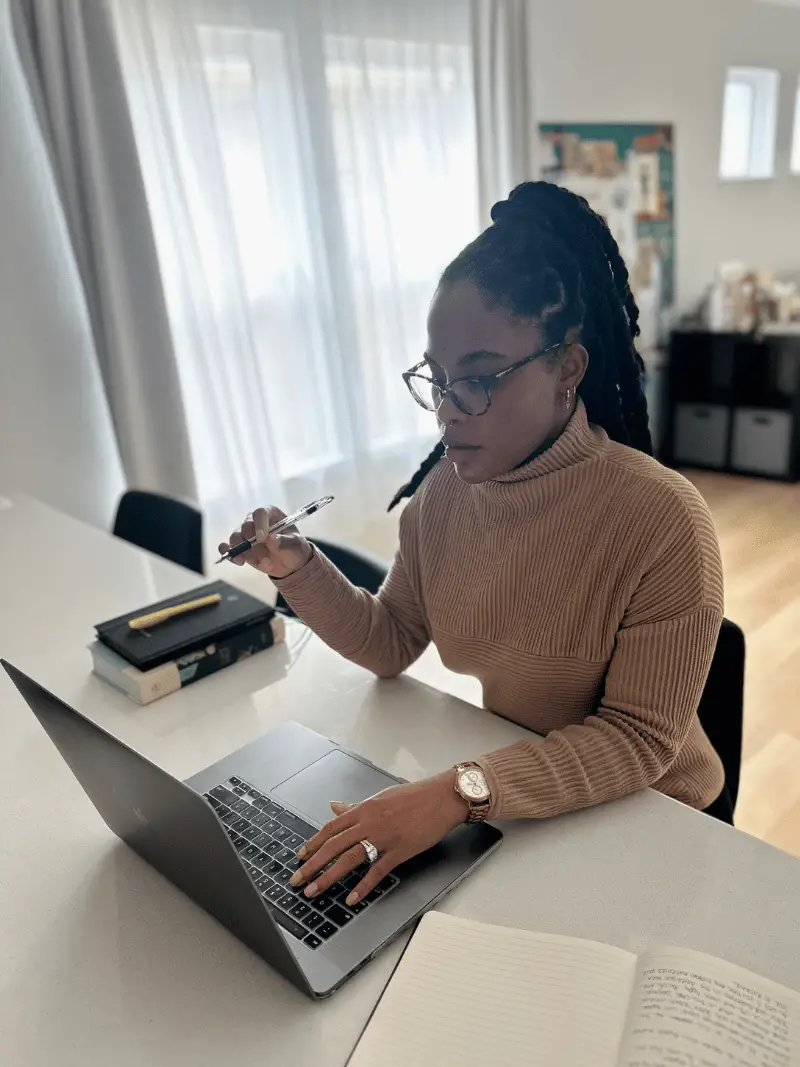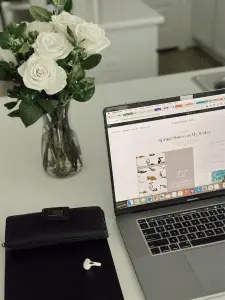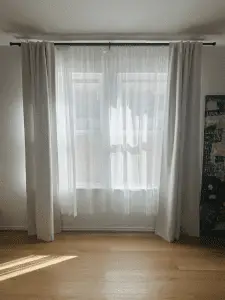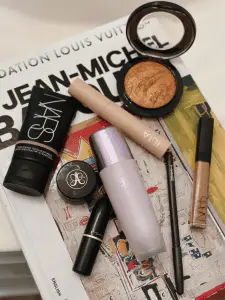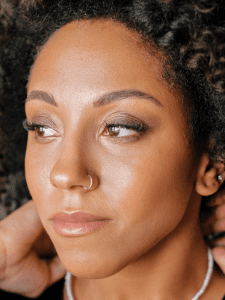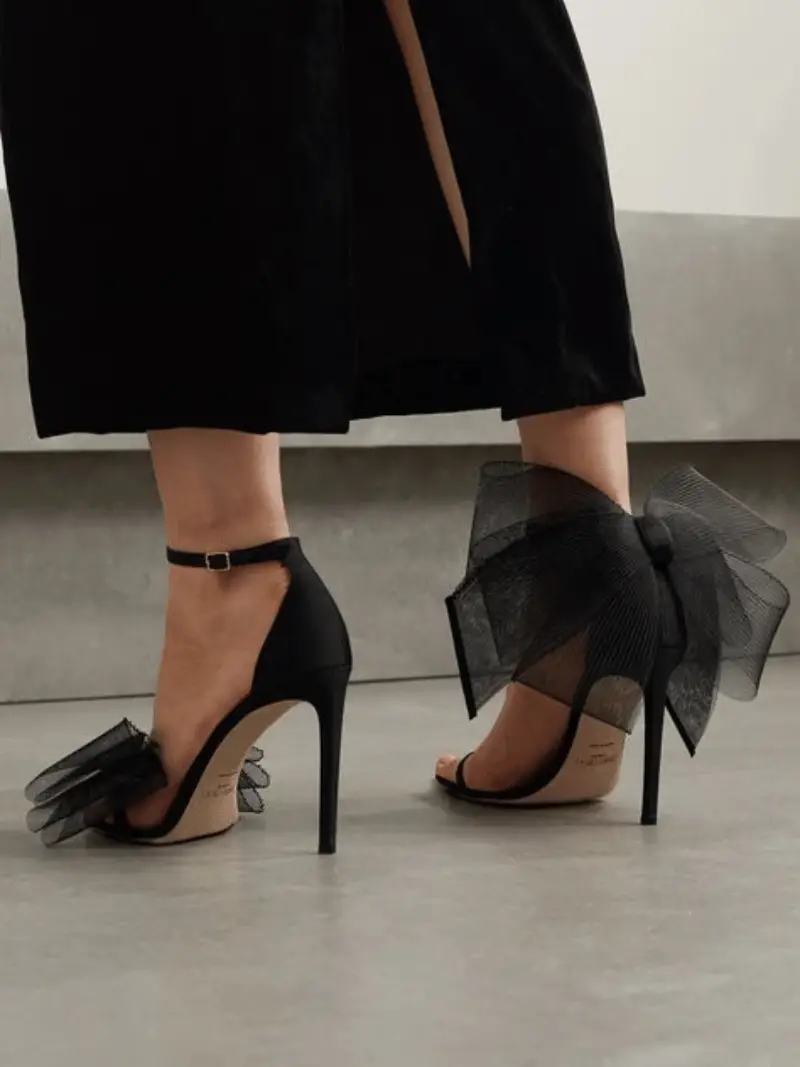Once upon a time, there was a young lady who had graduated from college and just started working her first full-time job. She gleefully waited for each payday so she could spend her money on whatever she wanted. That’s what being grown up was all about, right? Every other Friday you could find her at the mall picking up the beauty products and fast-fashion clothes she thought she could afford on her entry-level salary. This lasted for years.
Then she got a credit card. Gone were the limits of the money she had in her account currently. She could spend money from the next pay period on the shoes that were on sale right now. Carrying a balance was no issue since she could just pay off the card with her next check–until she couldn’t. Her spending habits were far above and beyond what she was making. It just took her too long to notice.
Then she got laid off. She had nothing to show for her years of working other than a measly 401k balance that was automatically taken out of her checks. Because she had mounting credit card debt and now had no income, she liquidated her 401k savings to try to get by for a few months while she looked for another job.
This girl was me. I tell this story because I am no longer embarrassed by my lack of financial knowledge. Growing up being told no more often than yes when I asked for something led me to have no self-control when I finally had my own money. It also meant I had no foundation for how to handle my money other than being told I should save some of it. With no mention of what I needed to be saving for or why, tracking my spending and saving felt like ways to keep me from finally having nice things. Getting into dire financial straights made me realize that wasn’t the case.
Why having a budget is important
One of the most impactful things I did to start to feel more financially secure was to make a budget. A budget is instrumental to knowing where your money is going. If you don’t know what your money is up to it will slip right through your fingers–or out of your bank account via your card. Only having a budget isn’t going to get you to financial security, but it will make you financially stable. To become financially secure you need a strategy, which comes from a making financial plan. But that’s a topic for another day.
Once I got another job I wanted to make sure I wasn’t in financial trouble again. I had no financial education growing up so I had no idea where to start. Luckily I came across the now defunct Mint app to help me track my expenses, but I wasn’t consistently using it. I didn’t like how there was a delay in charges showing up in Mint because the bank hadn’t cleared them yet. I wanted a real-time look at my spending. I’ve always been pretty savvy with spreadsheets so I made one to help me stay on top of my money. It’s evolved majorly over the years to include much more than just my budget, but it has helped me have a healthy emergency fund and get me to the point where I pay all of my bills in full and on time without thinking twice about it. At its core, that’s what having a budget is about. Here’s how I handled setting up my first budget, how it helped me easily pay my bills, and how it got me out of credit card debt.

Steps To Making A Budget
I am not a financial advisor nor is this professional financial advice. This is advice from my experience with money and what has worked for me over the years.
1. Decide how you will track your spending
As I just said, I like to use a spreadsheet. That way I can let the formulas do the heavy lifting for me. You can also use pen and paper or your notes app. It needs to be something that is easily accessible to you otherwise you might forget about it or it will be too bothersome to be useful to you.
Send me a DM on Instagram to let me know if you’d be interested in getting a simplified version of my current budget tracker. I might make one if there’s enough interest.
2. Understand how much income you have each month
This is the easiest step. All you have to do is note how much money you have coming in each month from all sources. It could be a W-2 job, contract work, gig work, a side hustle, etc. Once you have that add it up to get your total monthly income.
3. List your expenses and categorize them
Next, you’ll need to list your monthly expenses and put them into categories. There are two categories of expenses: necessary expenses and discretionary spending. Necessary expenses are things that you literally (and I mean literally) can’t live without. These expenses are groceries, rent/mortgage, and utility bills. Also, in this category are paying any debts you owe and savings contributions. Investments should be here too, but if you need help making a budget I’m guessing you don’t have those yet. Yet. A step at a time. Discretionary expenses are things like shopping, eating out, and entertainment. These are anything nice to have but won’t make you homeless or starve. If you were ever in a bad financial situation these are the expenses you’d cut first.
Make sure you’re attaching dollar amounts to these as you go through them. Don’t skip anything! Once you have all of your monthly expenses gathered, add them up. Subtract your total monthly expenses from your total monthly income. If that number is negative you need to make some adjustments. For example, if you’re budgeting to spend $3200 each month and earn $3000, you need to make some changes.
4. Adjust max allowable spending per category as necessary
Whether you need to adjust because you’re overspending or want to save more, the discretionary category is where to cut from first. Eating out is fun and convenient, but it’s not worth risking your financial future. You will not die if you don’t go out to eat.
You should try to save $1,000 first even if you have debt. That way you’ll be able to handle most emergencies without having to use your credit card. If you’ve eliminated your credit card debt you should aim for 3-6 months of monthly expenses to be in your savings account. Once you have that amount you’re ready to invest outside of what’s offered at your W-2 job.
5. Pick a day of the week to update your spending
Since I don’t use cash, I like to update my budget every Sunday and Wednesday. I could do it once per week, but I like to check all of my accounts frequently for fraud so the mid-week check-in is mostly for that. If you use cash you should update your budget immediately so you don’t lose track of what you’ve spent. Put how much you spent and what category it belongs to into your spreadsheet, add it up, and see how close you are to the maximum allowable monthly spend you determined in step 4. This is why a weekly check-in is crucial. You’ll easily be able to see how closely your tracing to your budget and be able to make smaller adjustments throughout the month to make sure you don’t overspend.
Conclusion
If you have more expenses than you do money, sometimes the solution is to spend less. However, often a better solution is to earn more. Even when you earn more you have to be careful to not let your inflated lifestyle creep up on you and put you right back to not having enough money.
Budgeting isn’t fun. I’ve been doing it for years and I still don’t enjoy it. However, it has gotten me to a place where money doesn’t feel scary. It wasn’t a good time to have to stop all discretionary spending to get my financial life back on track but I promise you it was worth it. The peace of mind that comes from knowing you have a little bit of a safety net because you had the discipline to take care of your money is priceless.

Add a Little LOVELY to Your Inbox
Subscribe to get exclusive updates, my beauty & style favorites, and curated round-ups of the things that help me make my life lovely.

